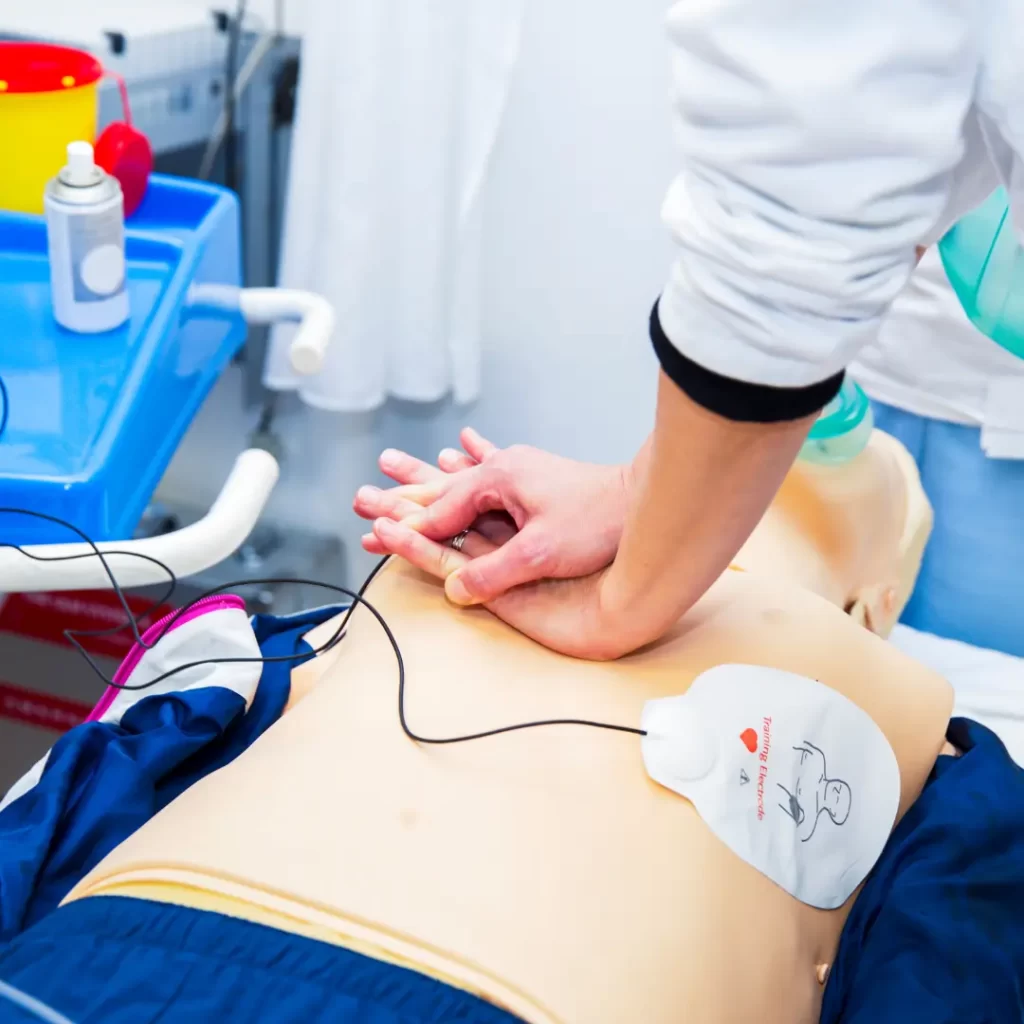
The world of fitness is all about helping people achieve their health and wellness goals. Fitness instructors guide clients through exercise routines, motivate them to push their limits, and create a safe and encouraging environment. But what happens if a medical emergency strikes during a workout session?
Being prepared for unforeseen situations is paramount in the fitness industry. This is where CPR certification for fitness instructors comes into play. CPR, or Cardiopulmonary Resuscitation, is a lifesaving skill that can mean the difference between life and death in the event of a cardiac arrest. Earning a CPR certification equips fitness instructors with the knowledge and practical skills to respond effectively in such emergencies.
In this article, we’ll delve deeper into the significance of CPR certification for fitness instructors. We’ll explore the benefits it offers, the typical content covered in CPR training programs, and where to find reputable CPR certification courses.
Fitness instructors are often the first responders in cases of sudden health issues during a workout. Immediate CPR can maintain blood flow to the brain and other vital organs until professional medical help arrives. This capability ensures the safety of clients and enhances the trust and confidence they place in their instructor.
Here’s a breakdown of the key reasons why CPR certification is essential for fitness instructors:
CPR certification courses typically cover a range of essential skills and knowledge to prepare instructors for responding to cardiac emergencies. Here’s a general overview of the curriculum:
There are several reputable organizations offering CPR certification courses for fitness instructors. Here are some key factors to consider when choosing a course:
CPR certification for fitness instructors sets a higher standard for professionalism and client care within the industry. It encourages a culture of continuous learning and development, where instructors are motivated to stay updated with the latest safety protocols and techniques.
Widespread CPR certification among fitness professionals can create a ripple effect, encouraging others in the community to seek similar training. This collective effort can significantly increase the number of individuals capable of performing CPR, thereby enhancing public safety.
As more fitness instructors obtain CPR certification, it can influence industry policies and regulations. Fitness organizations and certifying bodies may advocate for mandatory CPR certification, recognizing its importance in safeguarding client health. This shift can lead to more rigorous standards and improved safety measures across the fitness industry.
Earning your CPR certification is a significant step towards ensuring the safety of your clients. However, there’s more you can do to go the extra mile and create a truly emergency-prepared environment. Here are some additional considerations for fitness instructors:
CPR certification for fitness instructors is not just a badge or a formality; it’s a vital skill that can make a world of difference in a life-or-death situation. By investing in CPR training and staying prepared, fitness instructors can create a safe and secure environment for their clients, fostering trust and potentially saving lives.
Remember, CPR certification demonstrates your commitment to client safety and your dedication to providing a professional and well-rounded fitness experience. Take the initiative, get certified, and be prepared to make a positive impact in the lives of those you train.